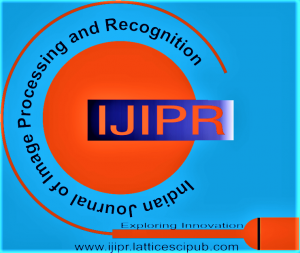![]()
Method of Determining Housing Density From Images Captured Using Unmanned Aerial Vehicle (UAV)
Van B. Patiluna1, Krystle Mae M. Labio2, Marlowe Edgar C. Burce3
1Van B. Patiluna, Dept. of Computer Engineering, University of San Carlos, Cebu, Philippines.
2Krystle Mae M. Labio, Dept. of Computer Engineering, University of San Carlos, Cebu, Philippines.
3Dr. Marlowe Edgar C. Burce, Dept. of Computer Engineering, University of San Carlos, Cebu, Philippines.
Manuscript received on 27 November 2020 | Revised Manuscript received on 03 December 2020 | Manuscript Accepted on 15 December 2020 | Manuscript published on 30 December 2020 | PP: 12-18 | Volume-1 Issue-1, December 2020 | Retrieval Number: A1007021121/2021©LSP
Open Access | Ethics and Policies | Indexing and Abstracting
© The Authors. Published by Lattice Science Publication (LSP). This is an open access article under the CC-BY-NC-ND license (http://creativecommons.org/licenses/by-nc-nd/4.0/)
Abstract: Urban density is a study in urban planning which determines the number of structures in a certain land area. The data can be interpreted in a socio-economic context such as population, income level, health risks, etc. Therefore, monitoring urban areas particularly the growth in residential areas is an important step to control the expansion and minimizing risks of epidemics, natural and man-made disasters. It also provides data to the city planners to monitor and control the urban development and provide adequate services to the populace in these areas. Remote sensing has been utilised to determine urban density by using combination of satellite images, multispectral data or combination of both. These data sources are expensive and most of the time, outdated. Therefore, an alternative platform shall be used to capture aerial images. The platform proposed are unmanned aerial vehicles (UAV). The goal of this study is to detect the density of a certain urban area using only images captured from the UAV specifically an octocopter. Since there is only one data source, an adapted workflow utilizing object-based classification method implemented in eCognition software by Definiens Imaging GmbH which is based on Fractal Net Evolution Approach (FNEA). Object-based classification is used because of higher accuracy than per-pixel classification given that only the RGB images are the available data source. The density is calculated through the ratio of structures and the land area which will be evaluated and results will be assessed in the following index range: low density, average density and high density.
Keywords: UAV, octocopter, urban density, object-based classification.
